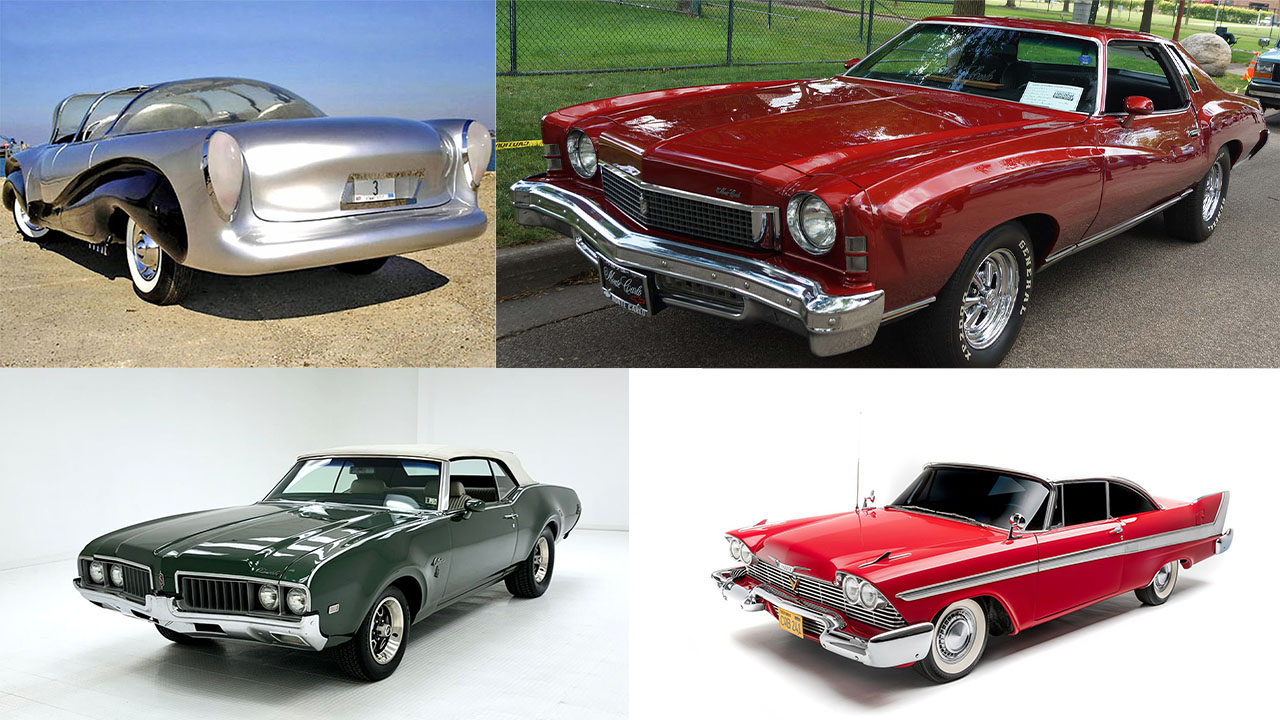Maybe you’ve been driving for decades, or perhaps you’re just starting out, creating interest in automobile world. In either case, the allure of a ‘retro’ aesthetic is undeniable.
Among the many quirky and unique design choices from automotive history, some features stand out for their originality and charm. One such feature? Swivel front seats.
These fascinating additions could evoke either admiration or puzzlement, blending aesthetics, functionality, and a hint of futuristic flair.
Car seats are often overlooked in favor of more obvious features. Whether it’s ventilated or heated options, the sporty appeal of bucket seats, or the timeless luxury of leather, seating rarely takes center stage.
Yet, swivel front seats defied convention, offering a striking mix of innovation and utility. These seats, seen on a few select models, made their mark for reasons ranging from accessibility to pure novelty.
Some vehicles featuring swivel seats are intriguing enough on their own, like the 1957 Aurora, a car that aimed to redefine automotive safety.
Others, such as later models of the Renault Clio, brought the concept into more recent times.
1957 Aurora Safety Car
The 1950s were a transformative era for road safety, marked by the invention of the airbag in 1951 and the three-point seatbelt in 1959.
Within this context, the 1957 Aurora emerged as a bold attempt to prioritize safety without sacrificing the era’s signature style.
Designed by Father Alfred Juliano, this concept vehicle combined innovative safety features with a distinctive appearance.
The Aurora was equipped with reinforced tires designed to resist punctures, seat belts—a rarity at the time—and a padded front bumper to minimize harm to pedestrians in the event of a collision.
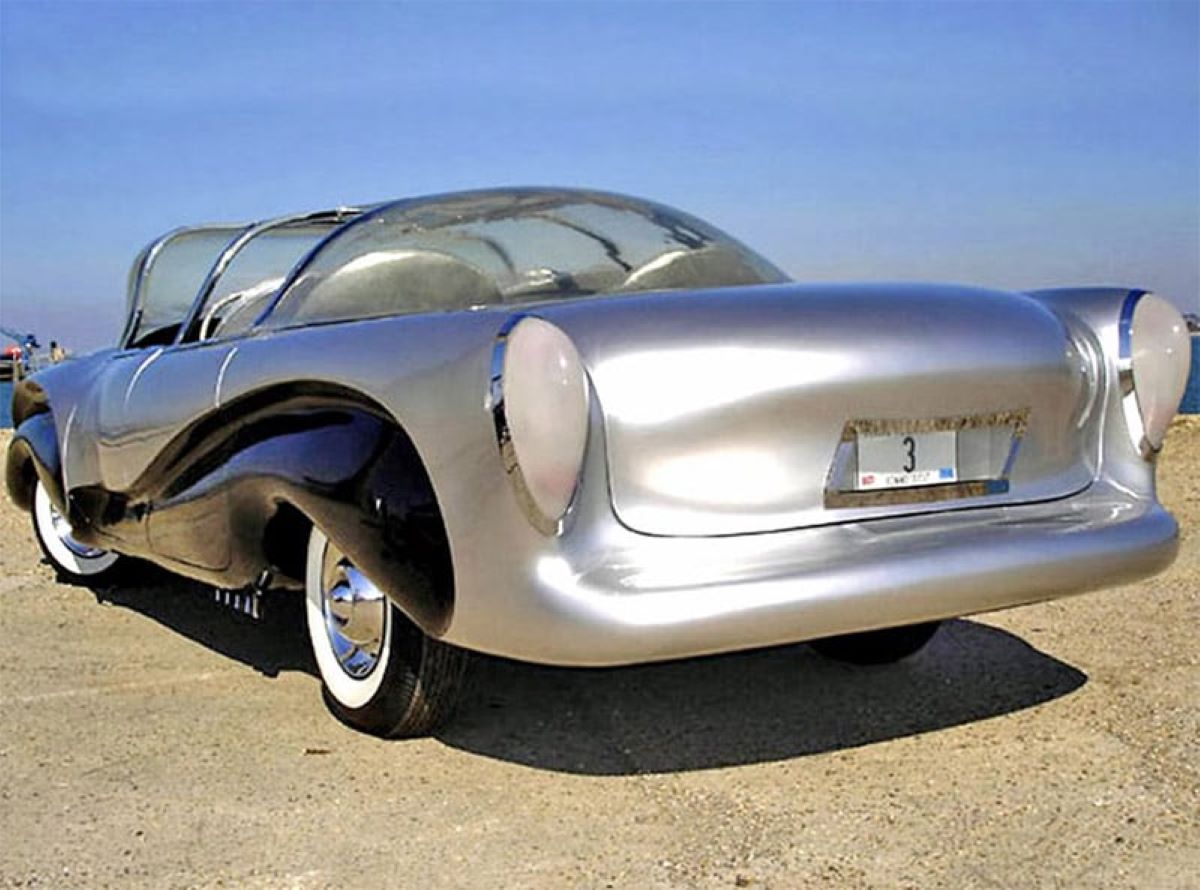
Among its most notable features were swiveling captain seats. These seats, in theory, could rotate backward during a crash to absorb some of the impact and protect passengers.
Despite its groundbreaking ideas, the Aurora’s aesthetic was polarizing, with its angular, unconventional design drawing mixed reactions. Practical challenges also hindered its success.
The car suffered an embarrassing setback when its engine failed en route due to fiberglass fragments interfering with the fuel lines.
Ultimately, while the Aurora never became a production vehicle, many of its safety innovations foreshadowed features that would become standard in later decades.
Plymouth Fury
The Plymouth Fury, another 1950s icon, took a more mainstream approach than the experimental Aurora. Initially an offshoot of the Plymouth Belvedere, the Fury debuted in 1956 and became its own model line in 1959.
That year, the Fury saw significant commercial success, with 65,250 units sold, including around 24,000 of the high-performance Sport Fury trim.
The Sport Fury, powered by a 305-horsepower V-8 Golden Commando engine, was a potent addition to the lineup.
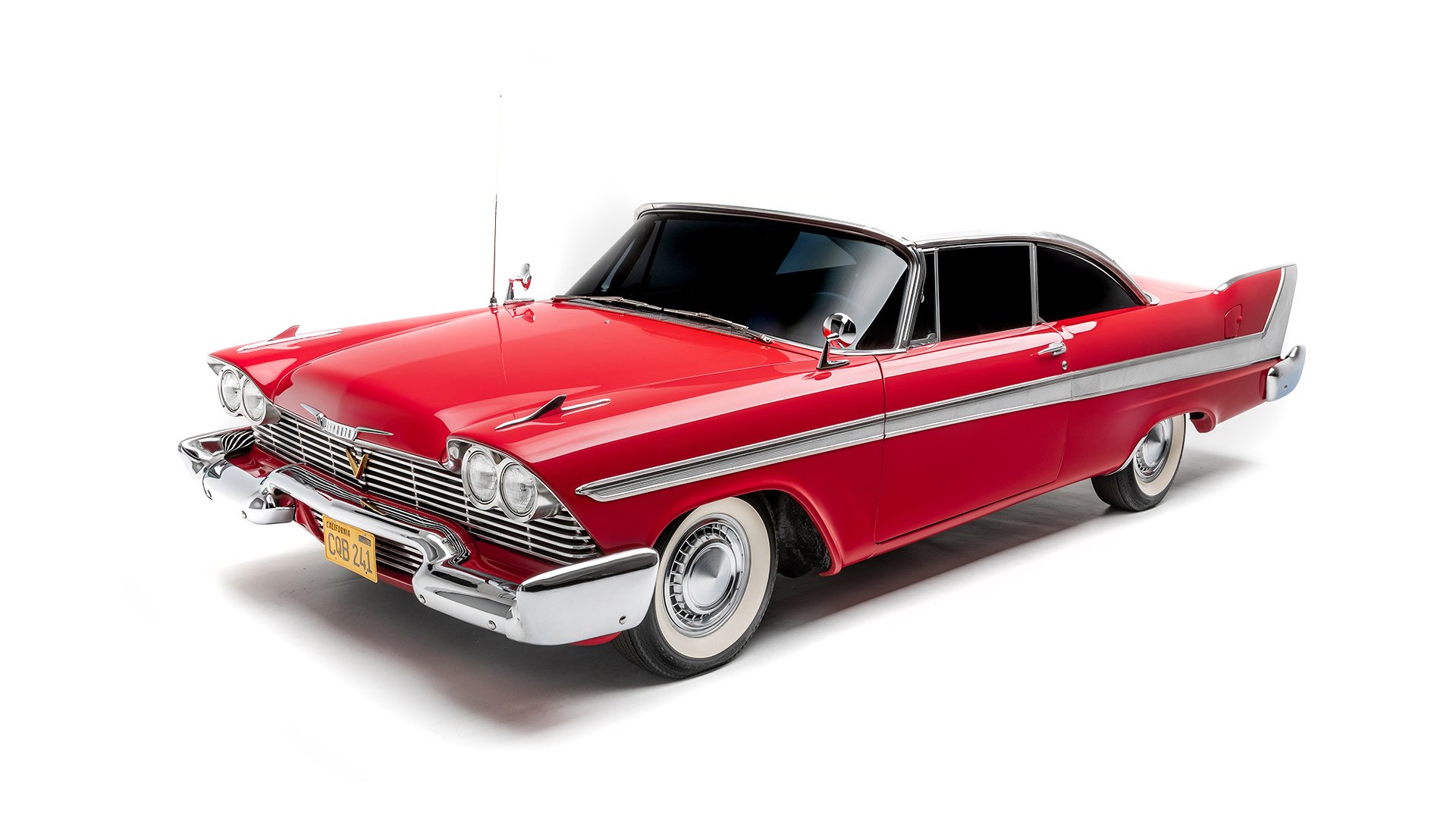
Beyond its performance credentials, the Sport Fury featured swivel seats that moved in sync with the front doors.
This design made getting in and out of the car smoother—a thoughtful touch in an era where automotive comfort was evolving.
Though the Sport Fury wasn’t the only car to offer swivel seats, its blend of power, style, and practicality made it a standout.
Chevrolet Monte Carlo
While Chrysler was an early pioneer of swivel seats, Chevrolet soon entered the fray. In 1973, the Monte Carlo debuted with Strato Bucket swivel seats as an optional feature.
These seats combined the comfort and design of traditional bucket seats with added mobility.
The 1973 Monte Carlo itself was a capable coupe, boasting 175 horsepower and a top speed of 119 mph, courtesy of its L65 V-8 engine.

However, the swivel seats received mixed reviews. Critics found the mechanism difficult to operate, with Road & Track describing them as having “an uncomfortably upright and narrow dune-buggy design” and a swivel lever that was both hard to reach and awkward to use.
Despite these critiques, the Monte Carlo remained a popular model, with approximately 4.5 million units produced before its discontinuation in 2008.
Oldsmobile Cutlass
Oldsmobile may have ceased operations in 2004, but the brand’s legacy includes several iconic models, including the Cutlass.
Produced in various forms for decades, the Cutlass was especially popular in the late 1970s and early 1980s, becoming the best-selling car in the U.S. from 1978 to 1981.
Swivel seats were among the many features that appeared in the Cutlass lineup during the 1970s.
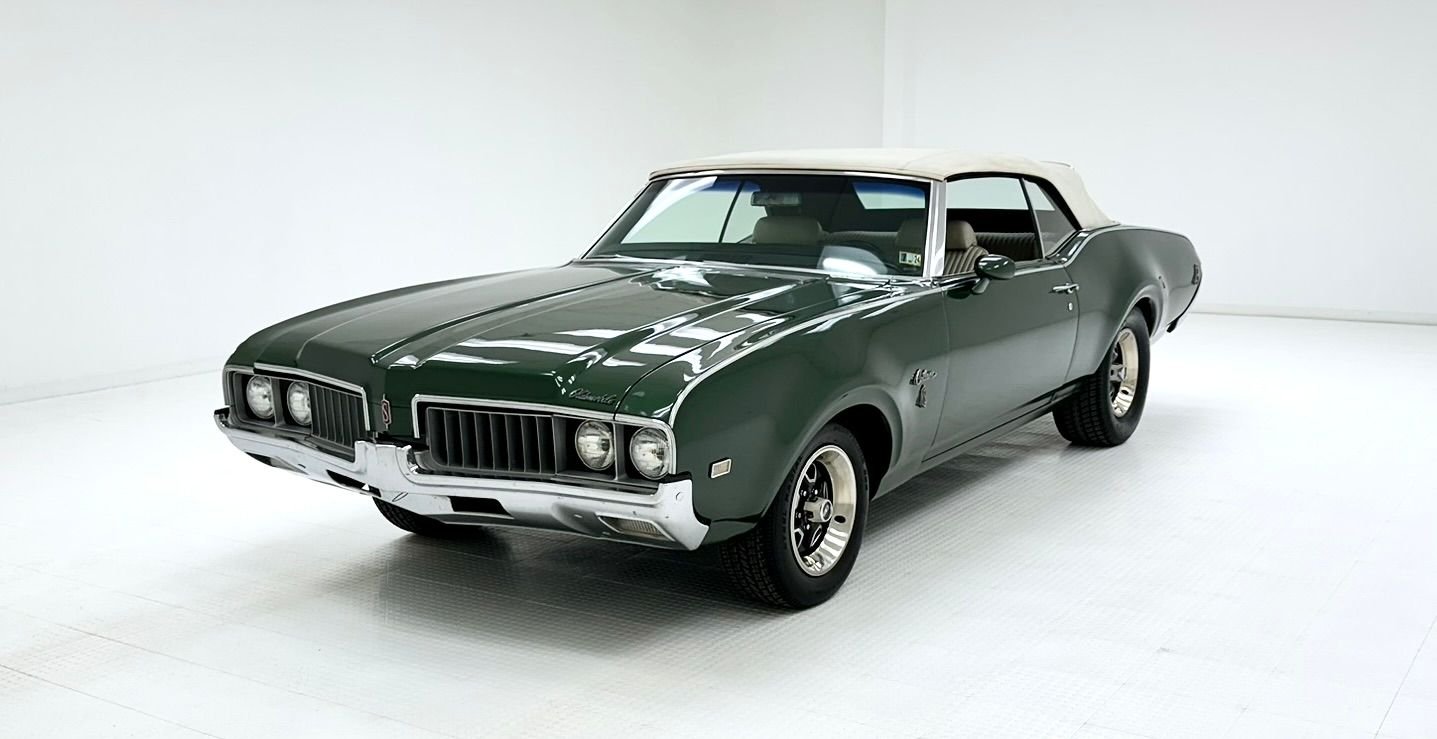
Advertisements of the time highlighted their convenience, showcasing cheerful passengers effortlessly sliding into the driver’s seat to take turns behind the wheel.
This playful portrayal reflected the optimism and style of the era, even if the feature eventually faded from prominence.
Renault Clio
Compared to the muscle cars and retro classics, the Renault Clio stands out as a more modest, modern entry.
Debuting in 1990, the Clio has become one of Renault’s most successful models, with nearly 16 million units sold over its 35-year history.
In 2010, Renault reintroduced the concept of swivel seats with a version designed for accessibility.
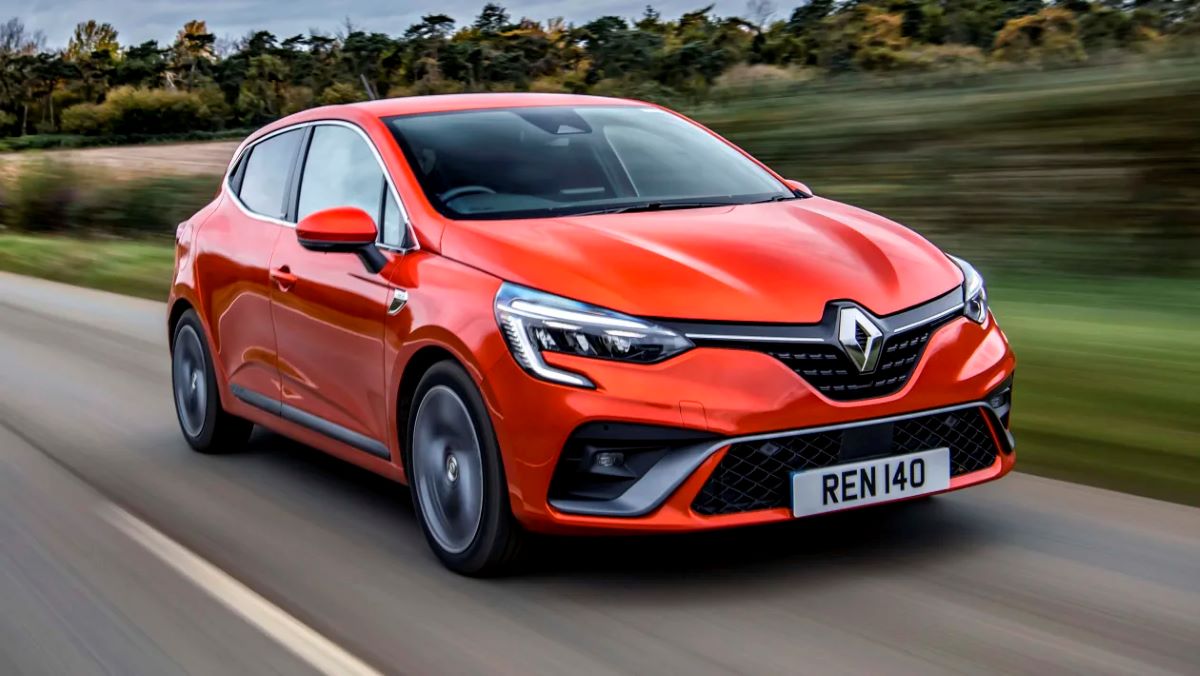
Offered as an optional feature on the Clio’s Dynamique Tom Tom and Expression Clim trims, these seats could rotate up to 75 degrees, making entry and exit easier for passengers with mobility challenges.
Priced at €1,600 (approximately $1,740), the feature was installed directly at Renault’s Flins factory.
While swivel seats didn’t become a widespread option, their inclusion in the Clio underscored the car’s practical, utility-focused design philosophy.
Like many automotive innovations, swivel seats eventually fell out of favor. Their mechanisms were prone to failure, complicated to repair, and took up valuable interior space.
Advances in safety standards, including seat belts and airbags, further complicated their integration into modern designs.
Today, swivel seats remain a niche feature, primarily found in second-row configurations of vehicles like the Kia EV9.
While their heyday may have passed, swivel seats remain a fascinating chapter in automotive history—a reminder of the industry’s constant pursuit of innovation.

